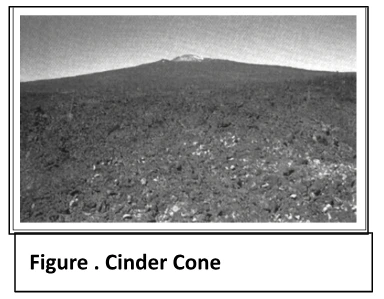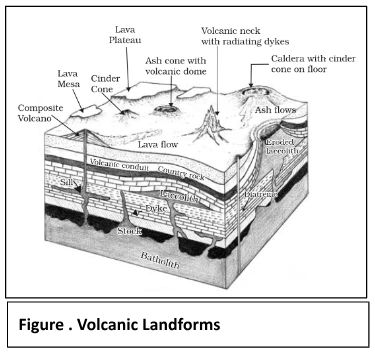![]() 27 Nov 2023
27 Nov 2023
Volcanoes and volcanic landforms are captivating geological features that result from the Earth’s internal processes. Volcanic eruptions, driven by the release of molten rock, ash, and gases, shape the landscape, create new landforms, and, at times, pose significant natural hazards. The study of volcanoes and their associated landforams offers valuable insights into Earth’s dynamic nature and its potential for both destruction and creation.
Classification of Volcanoes based on Frequency of Eruption
|
Volcanoes are categorized based on the type of eruption they exhibit and the surface features they develop.




Intrusive Forms of Volcanic Landforms:

Understanding Earth’s Elements: A Glossary of Essential Terms
|
<div class="new-fform">
</div>